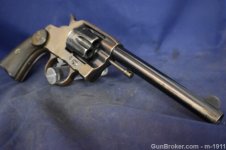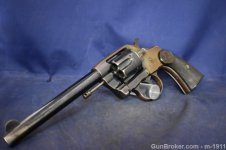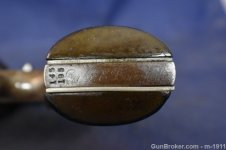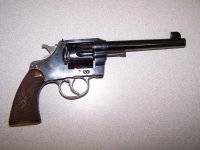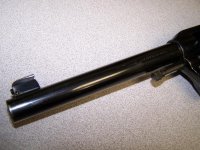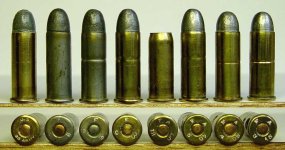I had a case where the suspect was shooting .38 Super +P ammunition in his revolver. From the serial number, the revolver had been made in 1896, and the chambers were bored straight through. You would expect that the cylinder would have at least bulged, or there would have been a catastrophic failure. Nope. The cylinder was fine, but the barrel was split. In case anyone is interested, the suspect died with the Colt revolver in one hand and a sawed-off shotgun in the other. Apparently, he didn't notice that as he got out of his car to rob a gas station, a police car pulled in right behind him.

